
Before there was Nathan’s, there was Feltman’s. History often has a way of remembering only the final victors, and in the case of Coney Island hot dogs, the annals of history certainly possesses a case of amnesia.
In 1856 Charles Feltman, a Jewish immigrant from Germany, arrived in New York City. There at the young age of fifteen, Feltman started a long and prosperous career in the restaurant business.
By 1867 Feltman had established his own bakery, and used a pie-wagon to deliver his baked goods to his Brooklyn customers. Even at that time, Coney Island’s beaches were lined with saloons and hotels, and demand for Feltman’s prepared food was strong.
Feltman, sensing an opportunity, had his pie-wagon customized, and outfitted with a small charcoal stove to keep sausages and rolls warm. There, with his new apparatus, Feltman invented what became known as the American Hot Dog, and began serving the hot sausages on a bun. His invention was an immediate hit.
In his first year alone, Feltman sold nearly 3700 of his sausage ‘sandwiches,’ and each year thereafter demand for his invention soared. By 1871 Feltman had expanded his business, and along with his hot dog cart, opened a permanent stand.
By the early 1900s Feltman’s Coney Island empire had become entrenched. His pie-wagon long since retired, Feltman’s food business had grown to a Coney Island icon that included a permanent hot dog restaurant, seafood dining, beer gardens, carnival rides, and even a hotel.
By this point Feltman’s payroll had exploded. Employing a staff of over one-thousand workers, his operation had the capacity to serve over 8000 meals at any time.
Nathan Handwerker, an enterprising but shrewd employee of Feltman’s, decided to capitalize on his experience while working for Feltman, and ventured to open his own Hot Dog business. In 1916, having survived by living off free hotdogs while working at Feltman’s, Handwerker amassed his earnings and used them to open a competing stand down the block.
Shortly thereafter, by only mere chance and luck, Coney Island’s Stillwell Avenue subway opened across from Handwerker’s rival stand. Capitalizing on his location and charging only half of Feltman’s price, Handwerker’s business soon outpaced Feltman’s. A savvy marketeer, Handwerker launched an annual hot dog eating contest, and soon thereafter, his stand replaced Feltman’s as being synonymous with Coney Island.
Notwithstanding Handwerker’s coup, Feltman’s vast food empire survived well into the mid-1950s, when Astroland purchased the empire from Feltman’s family.
Feltman himself did not live to see Handwerker’s betrayal; Charles Feltman died in 1910.
Numismatic Specimens
Neither Rulau nor Miller include Feltman’s token emissions in their catalogs. Why neither included them is unknown, however, at least four Feltman emissions exist. All four were issued on or about the late 19th and early 20th centuries.
Below is a table that summarizes the four known emissions:
The first specimen was prepared by a die-sinker, and is denominated at 5-cents. Struck in brass, it measures 18mm in diameter.
The second specimen was crudely struck, and was fashioned by an incuse counterstamp. Denominated at 25-cents, the specimen measures 29mm in diameter, and was struck in brass.
The third specimen was also fashioned by an incuse counterstamp, and includes “OCEAN PAVILION.” Denominated at 25-cents, it also measures 29mm in diameter and struck in brass.
Like the 5-cent specimen, the final example was also prepared by a die-sinker. Denominated at 25-cents, it is more diminutive than its incuse companions, and measures 25mm in diameter.
Aaron Packard ![]()
Notes and Sources
- Gravesend: The Home of Coney Island, Eric J. Ierardi, Arcadia Publishing, ©2001, pg.60
- Bain’s New York: The City in News Pictures 1900-1925, Michael Carlebach, Courier Dover Publications, ©2012, pg.124
- Standard Catalog of United States Tokens 1700-1900 Fourth Edition, Russell Rulau, Krause Publications, ©2004
- A Catalogue of U.S. Store Cards or Merchant Tokens, Donald M. Miller, Henry Hall Inc., ©1962
- The Library of Congress Digital Archives
- The New York Public Library Digital Archives
- New York’s Crystal Palace & The H.B. West Tokens - November 6, 2019
- Edward Aschermann’s Cigar & Tobacco Tokens - November 2, 2019
- George T. Hussey & His Special Message Tokens - October 30, 2019

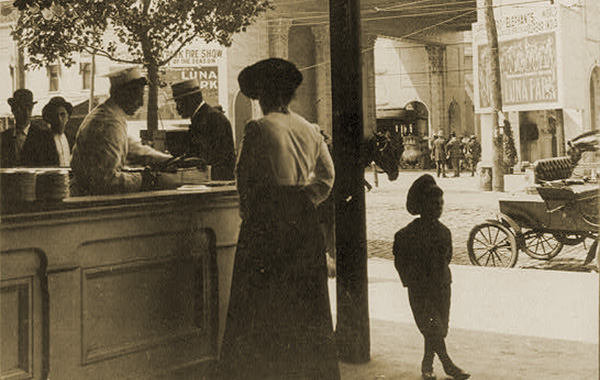








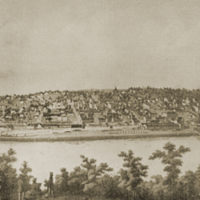
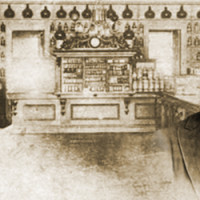
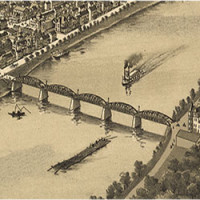

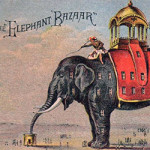
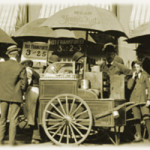
Charles Feltman was not Jewish.